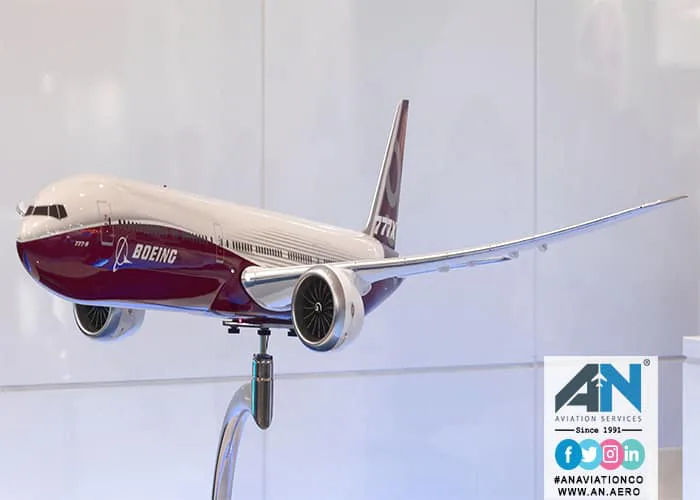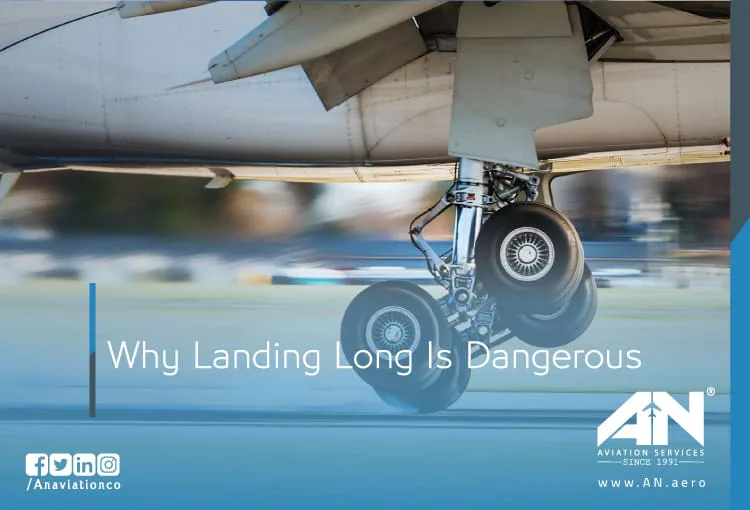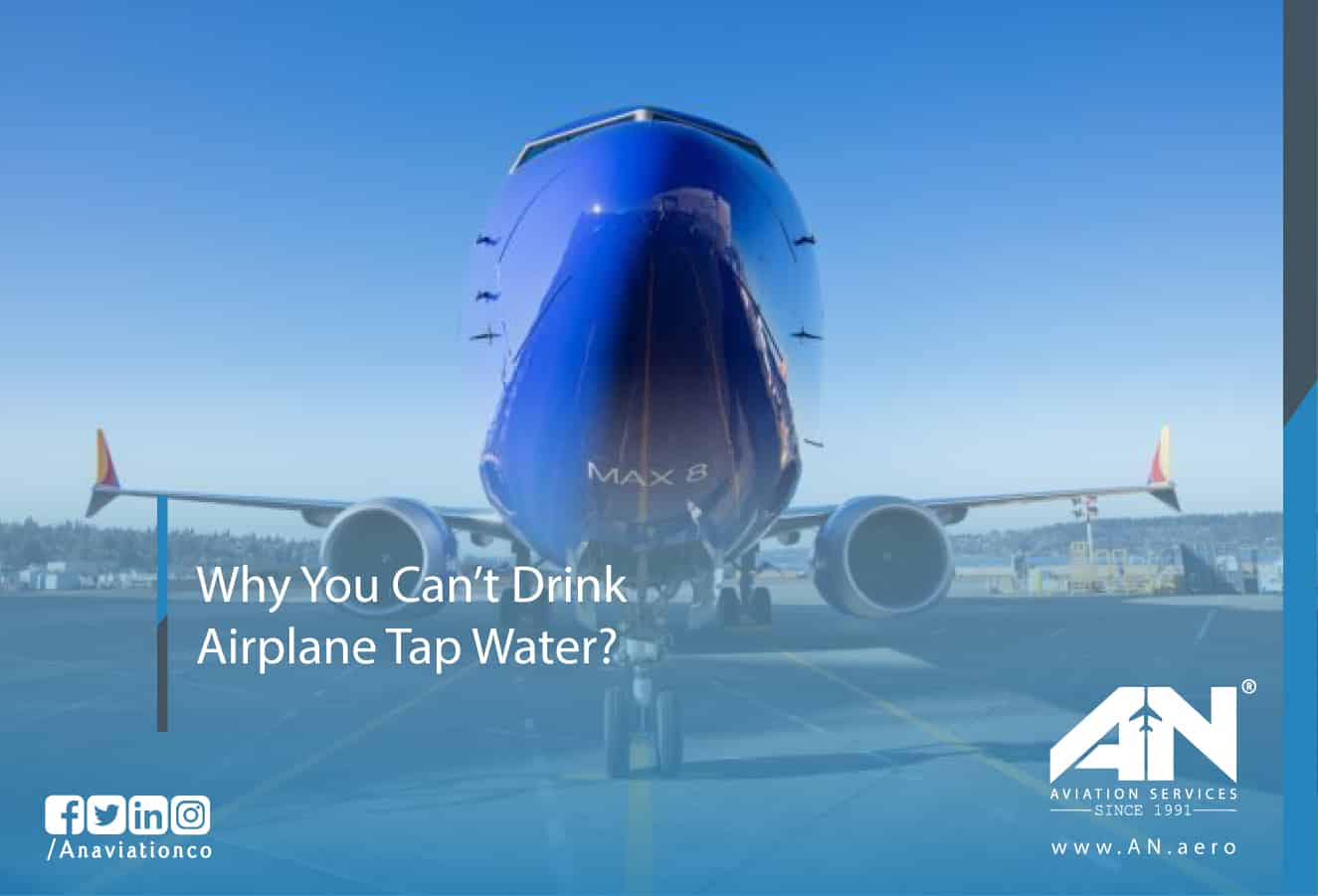
As the world continues to embrace automation and innovation, the idea of driverless vehicles operating at airports has gained significant traction. These fully autonomous vehicles are no longer just part of science fiction—they’re rapidly becoming a reality in various industries, and airports are no exception. With their potential to enhance efficiency, improve safety, and reduce costs, driverless vehicles may well be the future of ground operations and transportation at airports.
Airports, with their complex environments and constant flow of activity, present an ideal testing ground for autonomous driving systems. From baggage handling to transporting passengers between terminals, the integration of safety technologies like lane keep assist, automatic emergency braking, and adaptive cruise control could revolutionize the way airports operate. Let’s explore how driverless vehicles might shape the future of air travel and ground handling.
What Are Driverless Vehicles?
Driverless, or fully autonomous vehicles, are equipped with advanced driving systems that allow them to operate without human input. These systems include technologies like lane departure warning, adaptive cruise control, and automatic emergency braking, all of which contribute to safer and more efficient driving.
Some well-known examples of this technology include Tesla’s Full Self-Driving system, GM’s Super Cruise, and other advanced driver assistance systems (ADAS). These systems rely on a combination of cameras, sensors, GPS, and artificial intelligence to detect obstacles, monitor traffic lights, and navigate without the need for a human driver.
At airports, the possibilities for driverless vehicles are vast. They could be used to shuttle passengers between terminals, tow aircraft, deliver cargo, and even assist with snow removal on runways during winter.
Enhancing Efficiency at Airports
One of the key benefits of adopting driverless vehicles at airports is the potential for enhanced operational efficiency. Airports are bustling hubs that require precise coordination between various systems and personnel. Automating tasks such as baggage transportation and runway maintenance could streamline operations and reduce delays.
For instance, a fully automated baggage transport system could ensure luggage is moved swiftly and securely from the aircraft to the terminal without the risk of human error. Similarly, autonomous driving systems in snowplows or runway sweepers could ensure consistent and timely runway clearance, even in adverse weather conditions.
These technologies also reduce the need for extensive manual labor, freeing up airport staff to focus on other critical tasks. In a world where efficiency is paramount, driverless vehicles offer a clear advantage.
Improving Safety with Advanced Technologies
Safety is a top priority in aviation, and driverless vehicles come equipped with a range of safety features that can significantly reduce risks. Technologies such as automatic emergency braking, lane keep assist, and driver monitoring systems are designed to prevent accidents and ensure smooth operations.
For example, autonomous vehicles operating on airport ramps could be programmed to avoid collisions with aircraft, ground equipment, and personnel. The use of adaptive cruise control and obstacle detection systems ensures that these vehicles operate safely in complex and dynamic environments.
Additionally, unlike human drivers, autonomous systems are not prone to fatigue or distraction, further reducing the likelihood of errors. With these built-in safety technologies, driverless vehicles could make airport operations safer for both workers and passengers.
The Role of Driverless Passenger Shuttles
Airports around the world are already experimenting with driverless vehicles for passenger transport. These autonomous shuttles are designed to navigate between terminals, parking areas, and gates, offering a seamless and eco-friendly way to move people around the airport.
For example, these shuttles use traffic light recognition and lane departure warnings to navigate busy areas, ensuring that passengers are transported safely and efficiently. With features like automatic emergency braking and advanced driver assistance systems, these vehicles provide a safe and comfortable experience for travelers.
In addition to convenience, these shuttles could help reduce congestion within airports by offering a reliable alternative to traditional vehicles, further enhancing the overall passenger experience.
Challenges in Adopting Driverless Technology
While the potential of driverless vehicles at airports is immense, there are still challenges to address. Regulatory approval is one of the major hurdles, as fully autonomous vehicles must meet stringent safety and operational standards. Airports will need to work closely with aviation authorities and the Traffic Safety Administration to ensure compliance.
Another challenge is the initial cost of implementing autonomous driving systems. While these technologies can save money in the long run, the upfront investment for infrastructure, vehicles, and training can be significant.
Finally, public perception and trust in driverless vehicles remain important considerations. Passengers and airport staff must feel confident in the safety and reliability of these systems for widespread adoption to occur.
A Glimpse into the Future
As airports continue to evolve and embrace cutting-edge technology, driverless vehicles are likely to become an integral part of ground operations. By combining innovation with safety features and operational efficiency, these vehicles have the potential to transform the way airports function.
From automated baggage handling to passenger shuttles and runway maintenance, the possibilities are endless. With advancements in adaptive cruise control, lane departure warning, and other advanced driver assistance systems, airports are paving the way for a safer, more efficient future.
The introduction of driverless vehicles is not just about keeping up with technological trends—it’s about redefining the standards of safety, efficiency, and sustainability in the aviation industry. As these systems continue to develop and improve, the question is no longer if they’ll become a reality but when.
Conclusion
The integration of driverless vehicles at airports represents a bold step toward modernization and efficiency in the aviation industry. With features like automatic emergency braking, adaptive cruise control, and autonomous driving systems, these vehicles offer unparalleled safety and operational benefits.
As airports invest in this technology, they stand to reduce costs, enhance passenger experiences, and streamline ground operations. The path forward may be challenging, but the potential rewards make it a journey worth taking. The future of airports is undoubtedly fully automated, and driverless vehicles are leading the charge.
















